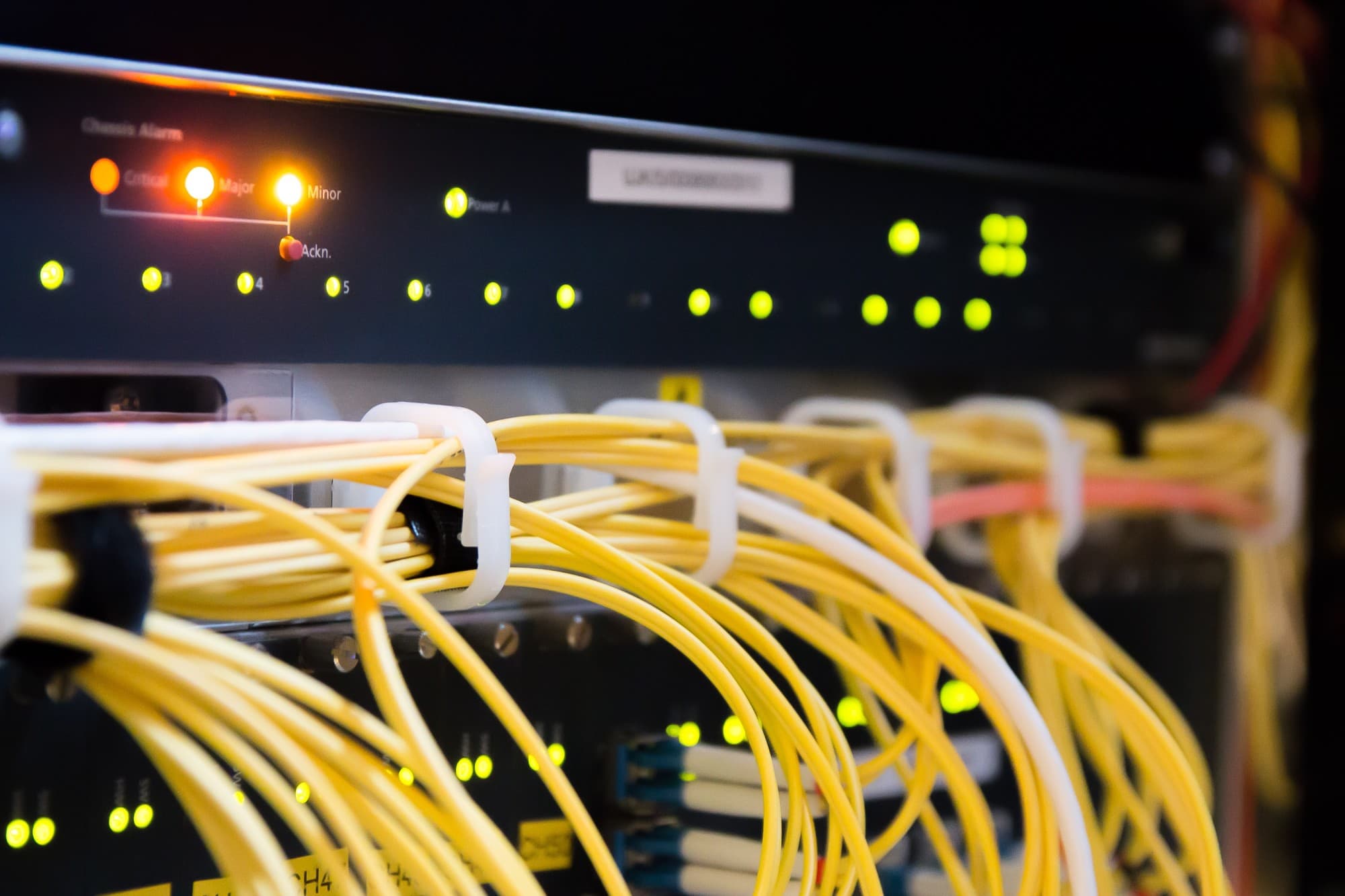Did you know that you can often get gigabit speeds with fiber optic cables? Network cables are the bedrock of homes, offices, and governments. That said, you can’t just use any cable for any situation. Network cabling comes in many flavors, some of which only serve niche purposes.
Not sure what types of network cable you need for a given job? You’ve come to the right place. This brief guide will provide you with the 101 on network cabling.
Twisted Pair Network Cables
Twisted pairs are some of the most common types of cables and some of the cheapest. As the name implies, these cables have many small twisted pairs of wires. There are usually four pairs in a standard cable.
Twisted pairs come in unshielded (UTP) and shielded (STP) varieties. The twisting reduces interference and gives a cleaner signal at the endpoint, but these cables are not secure against signal interception.
Twisted pairs are some of the most cost-effective of their kind. They’re typically only for telephone lines (unless you use VOIP) and short-range data/voice transmission.
These types of cables also require a lot of maintenance. It’s preferable to install them underground to reduce interference. When shielded, though, they can run for longer distances and have higher bandwidth.
Coaxial Cables
Coaxial cables feature a single conductor core. These are multi-channel, easy to use in cable installation, and suffer minimal crosstalk from external interference. They also tend to be more durable than ethernet cables.
However, coaxial cables cost more and tend to be bulkier. Like twisted pairs, hackers can install what is known as a “t-join” to intercept the data.
Coaxial cables are vital for ISPs to supply internet to their customers. Most of the time, coaxial cables are buried in the ground to connect entire neighborhoods.
Ethernet Cables
These are the most common and likely the most recognizable to you. Ethernet cables run short distances, often less than 100 ft, due to signal degradation. They’re ideal for indoor applications connecting computers, routers, and servers.
Ethernet cables are the easiest to use compared to other cable installations. They are plug-and-play and very rarely is it ever necessary to splice them. Other lines require professional installation and are more time-consuming to replace or fix.
Types of ethernet cables range from Cat 1 to Cat 8. Cat 8 is the most modern, features the highest bandwidth, and supports most applications. Cat 1 is outdated, and most organizations no longer use it.
Installing cables for ethernet is not as effective when running them for long distances. Most organizations will use coaxial cables to connect your organization with the outside network.
Get Managed IT for Your Organization
Every network has various network cables that keep it connected and running smoothly. From twisted pairs to Cat 7 cables, each serves a unique purpose for a determined range. Your organization will often use a combination of ethernet and twisted pair cables inside the building and coaxial cables for your ISP-provided service beyond.
All of this isn’t very easy, even if you have a couple of IT-knowledgeable individuals on board. The best solution is to get managed IT services. Visit us at Inception Network Strategies, and let us provide you with everything from network security to your VOIP systems.

